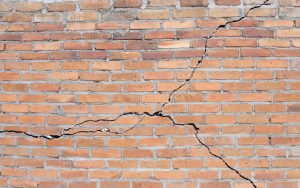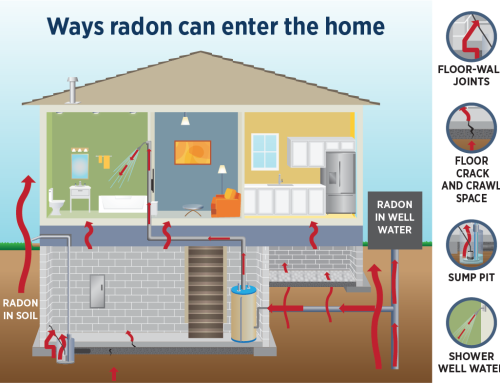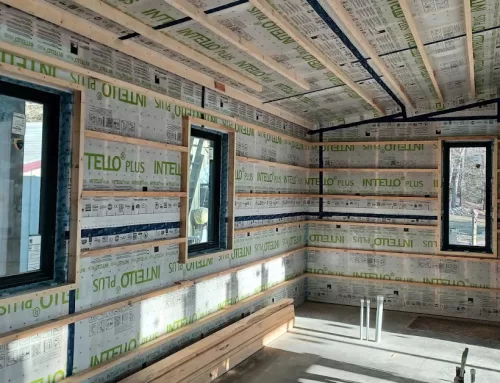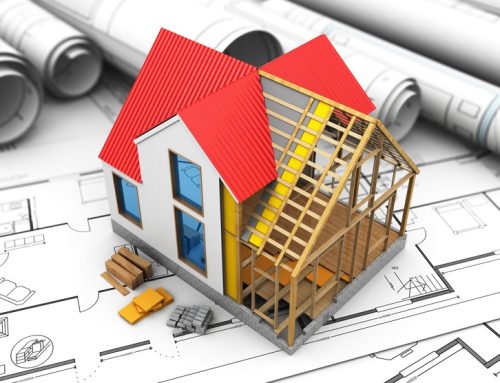Have you noticed cracks in the walls and worry that these are indications of serious issues? You’ll be glad to know that some cracks are normal. However, others can represent a problem. To uncover the difference, let’s look at what cracks in the walls mean.
Are Hairline Cracks in the Walls Normal?
Small cracks are normal and occur when your house settles. They are commonly found  in older homes, but can even occur in new construction as the wood used to build the home dries and the home settles.
in older homes, but can even occur in new construction as the wood used to build the home dries and the home settles.
For a new build, it can take about 9-12 months for the home to sufficiently dry and settle. During this time, you may notice tiny cracks in the walls. This is normal due to shrinkage. To minimize wall cracks, it is recommended to keep your home at a constant and moderate temperature throughout the first year, as shrinkage is accelerated by heat. Ventilating the home will also enable the moisture to evaporate more naturally.
Hairline cracks that run vertically shouldn’t indicate a problem. They can be easily repaired by priming the surface and applying paint. For deeper or wider cracks, a filler should be applied prior to painting. However, a thin, straight crack on the ceiling can indicate faulty drywall installation.
Structural Cracks Can Be a Problem
 When cracks in the walls travel horizontally, often beneath windows, a large, continuous crack travels from the ceiling down the wall, or a significant crack appears in the foundation itself, these are signs of foundation movement. They can also be indications of foundation problems or structural issues requiring foundation repair.
When cracks in the walls travel horizontally, often beneath windows, a large, continuous crack travels from the ceiling down the wall, or a significant crack appears in the foundation itself, these are signs of foundation movement. They can also be indications of foundation problems or structural issues requiring foundation repair.
Structural cracks are normally noticed first around windows, doorways or corners of your house and can be caused by a shrinking property foundation, or a foundation that is losing its integrity. They occur when part of house begins to shift or sink.
Other indications of structural issues can include:
• Doors or windows that no longer close or open
• Windows that no longer lock properly
• Uneven gaps around doors or windows
• Cracks wider than 1/8”
• Cracks in the chimney or foundation
• Sagging, sloping or cracked floors
• Bulges on the ceiling or walls
• Sagging roof
• Cracks in stair steps
• Cracks in foundation slabs
• Discoloration or stains around cracks that can indicate a leak
What Causes a Foundation Problem?
Foundational issues can be caused by a number of reasons:
• Poor drainage around the foundation that creates hydrostatic pressure against the building
• Expanding and contracting soil
• Heavy freeze within the soil that expands and pushes against the foundation
• Weather changes from hot and dry to cold and wet
• Inadequately compacted soil during construction
• A natural disaster like an earthquake or hurricane
• Destabilized soil near the foundation from extensive digging
How Do I Fix Structural Damage?
A structural engineer can help you identify the problem and recommend a solution. In some cases, the home will need to be re-leveled or “underpinned.” One the house foundation is brought up to level, structural issues will either go away on their own, or can be repaired.
Foundation problems only worsen over time, and the longer you wait to repair them, the costlier it will be.
Are Cracks in the Walls a Result of Faulty Construction? It’s Time to Call in an Expert.
If you suspect you have an issue with faulty construction or repairs, like suspicious cracks in the walls, it may be time to call in an expert to help identify and document the problem, and help you build a case for remuneration.
As a professional consultant, Matthew Furlong of Först Consulting Group specializes in forensic investigations throughout the Maryland/Washington DC metropolitan area to uncover construction defects, ensure building code compliance, and provide litigation support. Contact Först to see how we can help.




